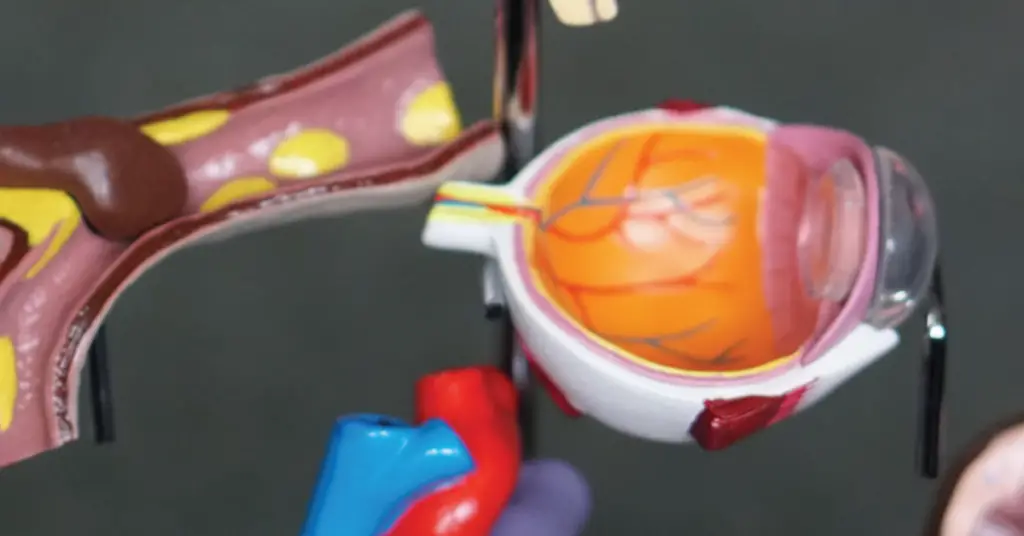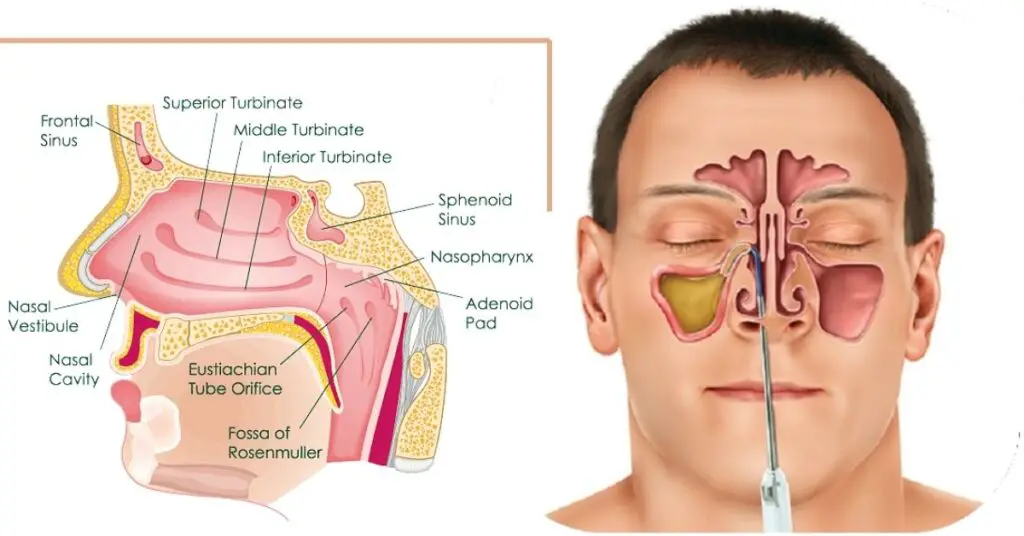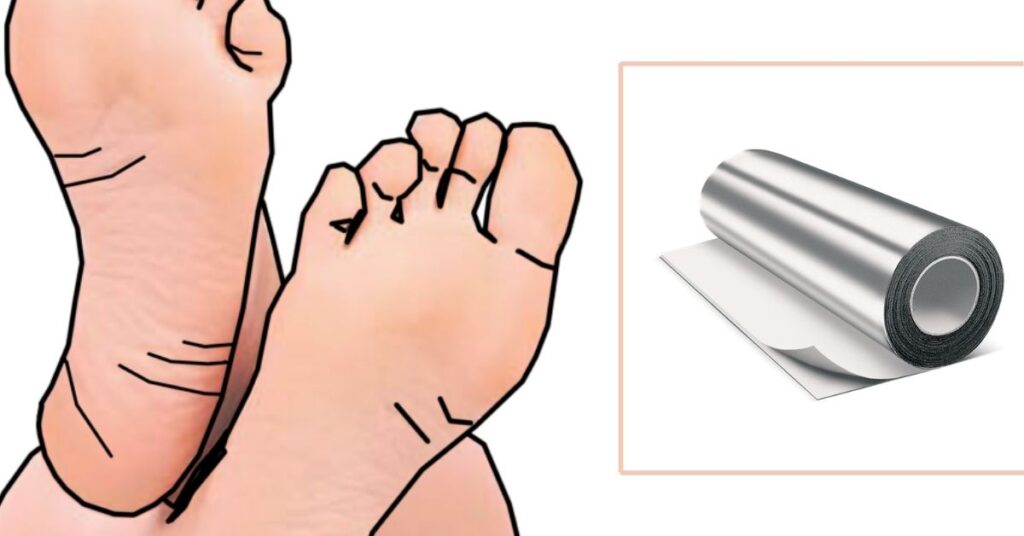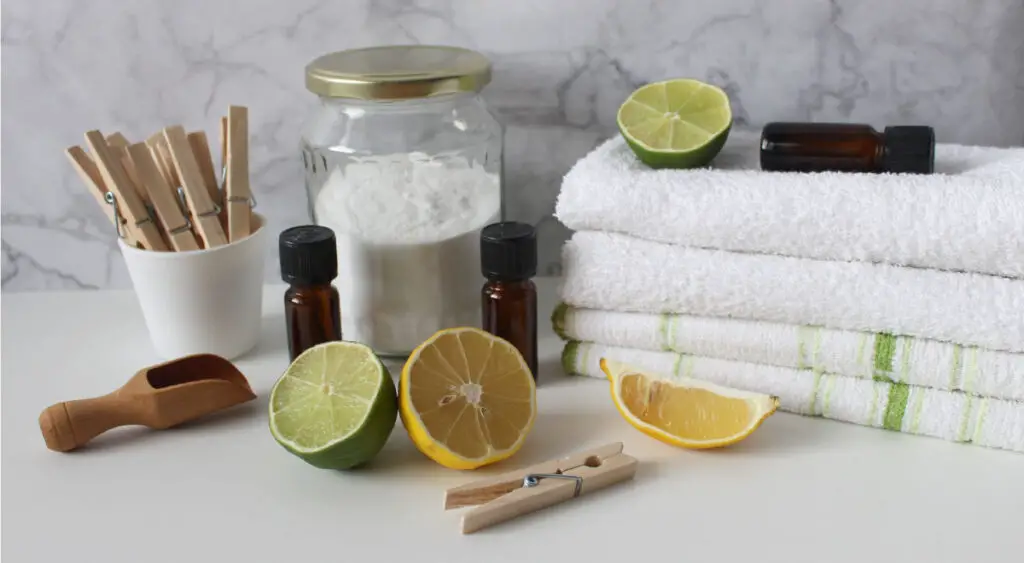Eye fluid buildup can lead to eye pressure and glaucoma, an eye condition that destroys nerve fibers of the eyes. If glaucoma is left unaddressed, it can cause blindness. Therefore, it is of utter importance to understand glaucoma and learn how to reduce the risk of eye issues.
Here is how to prevent glaucoma and reduce eye pressure
Eye pressure can lead to vision loss. However, changing your lifestyle habits can help you treat and relieve this issue.
1. Reduce insulin levels
People, who suffer from obesity, diabetes, and hypertension, are insulin resistant. This health issue promotes insulin production and increases eye pressure. Therefore, if you have obesity or hypertension, you should avoid consuming foods, which lead to high levels of insulin. These foods include sugar, grain, bread, pasta, rice, cereal, potatoes, and so on.
2. Do regular exercise
Doing regular exercise can help you reduce insulin levels and prevent ocular hypertension. Aerobics, jogging, walking, and biking can help you a lot. Make sure you do exercise for 30 minutes, 3 – 5 days per week.
3. Increase the intake of omega-3 fatty acids
Omega-3 fatty acids are essential for your overall health, particularly the DNA that treats ocular pressure and promotes retinal function. Add more fish, such as tuna, sardines, shellfish, and herring, to your diet. Consuming two servings of fish can help increase your levels of DNA. In addition, you can also take omega-3 supplements or fish oil capsules. it is recommended to take 3000 mg of fish oil capsules a day.
4. Stay hydrated
Consuming plenty of water is very important for reducing eye pressure and preventing dehydration. Drink water throughout the day to reduce eye pressure.
5. Alleviate stress
If the blood pressure is high, eye pressure increases, too. Therefore, it is important to regulate blood pressure levels and take blood pressure medications on time.
Moreover, avoid stressful situations and do regular stretching exercises. Yoga, meditation, breathing exercises, pet therapy, music, and warm baths can help you relieve stress.
6. Stick to a healthy and balanced diet
The food we consume has a great impact on your overall health. Sticking to a healthy and balanced diet can help regulate blood pressure and reduce eye pressure.
Moreover, it is important to pay attention to the drinks we consume, too. You should avoid or reduce the intake of caffeine, which can increase eye pressure. Use green tea instead of coffee and obtain the necessary antioxidants.
7. Increase the intake of antioxidants
To lower eye pressure, you should choose foods that are rich in lutein and zeaxanthin, carotenoids that reduce free radicals in the body. Also, they prevent free radical damage and treat ocular deterioration. The best sources that are rich in zeaxanthin include kale, spinach, raw egg yolks, Brussels sprouts, and broccoli.
To increase the intake of antioxidants, you should consume:
- Dark-colored berries, such as blackberries, bilberries, and blueberries to enhance eye health
- Bilberries to enhance visual acuity and prevent degenerative diseases, like ocular hypertension.
- Grapeseed extract to improve night vision and lower eye stress
8. Do eye exercises to reduce eye pressure
Except for these lifestyle and dietary changes, there are some eye exercises that can help reduce eye pressure, including:
Conscious blinking
When people work on a computer or watch TV, they use to stop blinking. All you need to do is take a break and blink for 2 minutes.
Move your eyes into eight
Try moving your eyes as you are looking for a number eight. Make sure you do not move the head when you do this exercise. Do this exercise for a few minutes.
Focus on faraway and near objects
Sit down in a comfortable position and place your thumb in front of your face. Focus your eyes on the thumb for 10 seconds. Then, turn your eye focus on an object that is away from you.
Try zooming
Extend your hand in front of you and stick up the thumb. Then, move the thumb near your face and focus your eyes on it. Stop when the thumb is 3 inches from the face and start moving the thumb away from the face. Make sure your eyes are focused on the thumb all the time.








